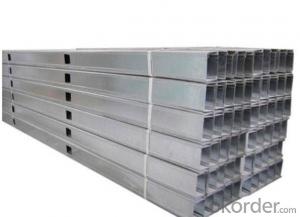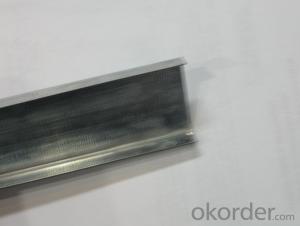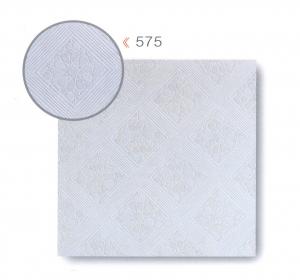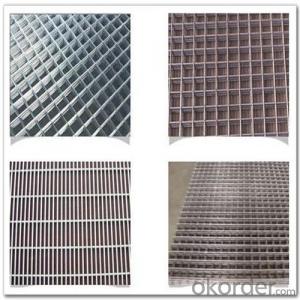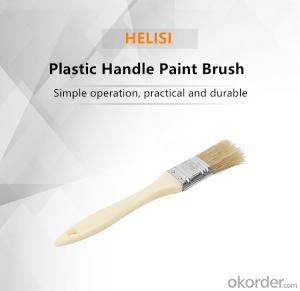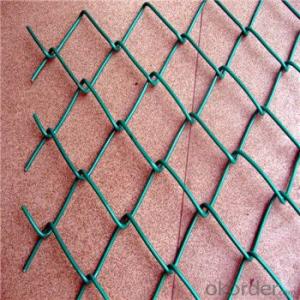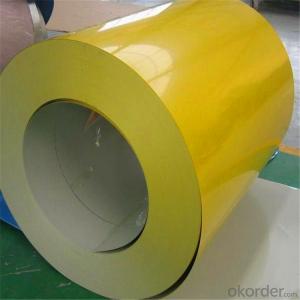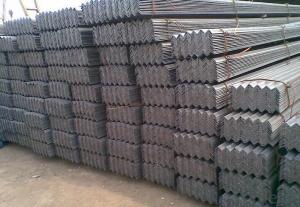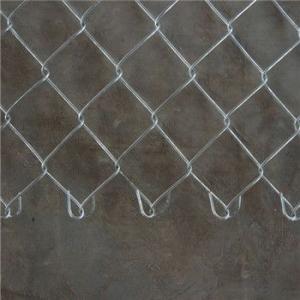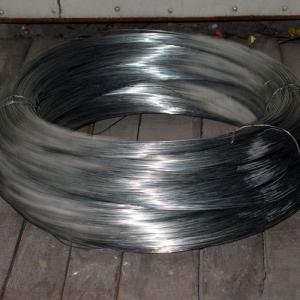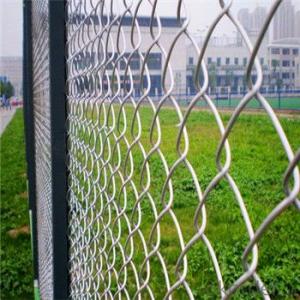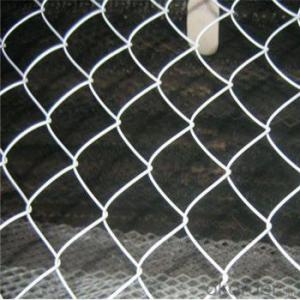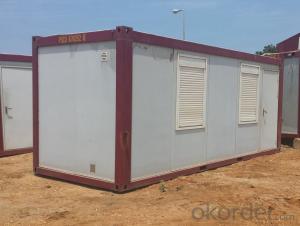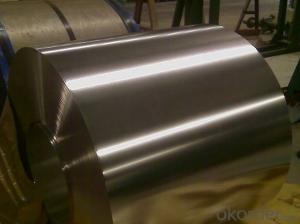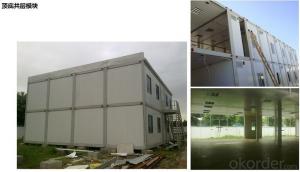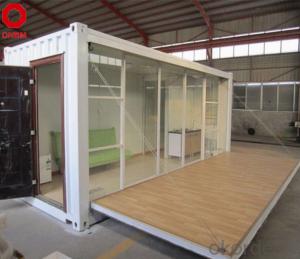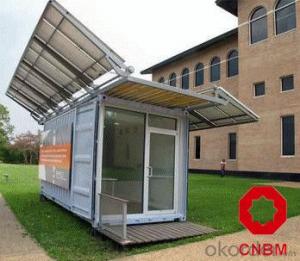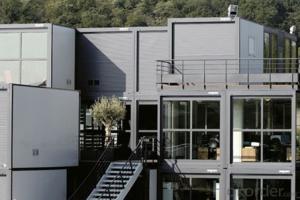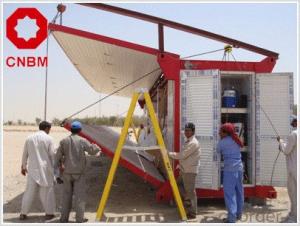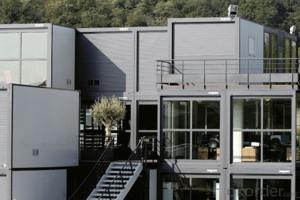Galvanized Steel Paint
Galvanized Steel Paint Related Searches
Best Paint For Stainless Steel Paint For Galvanized Steel Steel Frames For Furniture Self Tapping Screws For Steel Surface Grinding Wheels For Hardened Steel Hole Saw For Stainless Steel Paint For Stainless Steel Stainless Steel For Bbq Step Bit For Stainless Steel Sponge For Stainless SteelHot Searches
Steel Mesh Panels For Sale Price For Stainless Steel Scrap Scrap Price For Stainless Steel Price For Stainless Steel Stainless Steel Tank For Sale Stainless Steel Sheets For Sale Cheap High Tea Sets For Sale Stainless Steel Tanks For Sale Stainless Steel For Sale High Density Fiberboard For Sale Solar Hot Water Collectors For Sale Scaffolding For Sale In Uae Scaffolding For Sale In Ireland Scaffolding For Sale In Houston Type Of Inverter For Solar Price Of Shipping Containers For Sale Types Of Inverter For Solar Stock Price For Aluminum Used Solar Inverter For Sale Steel Mesh Panels For SaleGalvanized Steel Paint Supplier & Manufacturer from China
Okorder.com is a professional Galvanized Steel Paint supplier & manufacturer, offers integrated one-stop services including real-time quoting and online cargo tracking. We are funded by CNBM Group, a Fortune 500 enterprise and the largest Galvanized Steel Paint firm in China.Hot Products
FAQ
- Container houses can be suitable for areas with high humidity, but certain precautions need to be taken. The metal structure of container houses can be prone to rust and corrosion in humid environments. However, with proper insulation and ventilation systems, the negative effects of high humidity can be minimized. It is important to ensure that the container is properly sealed, including the roof, walls, and floor, to prevent any moisture from entering. Additionally, using proper insulation materials and installing adequate ventilation systems, such as vents and fans, can help regulate the humidity levels inside the container house. Regular maintenance and inspection of the container's structure, especially the areas prone to rust and corrosion, are also necessary to ensure its longevity in high humidity areas. Overall, while container houses can be suitable for areas with high humidity, it requires careful planning and consideration to prevent any potential issues related to moisture.
- Yes, container houses can be designed to have a rustic or industrial look. With the right choice of materials, finishes, and architectural design, container houses can be transformed into aesthetically pleasing homes that embrace the rustic charm or industrial aesthetics. From incorporating reclaimed wood, exposed brickwork, and earthy color palettes for a rustic feel, to utilizing metal accents, concrete finishes, and minimalistic design for an industrial look, container houses offer flexibility and creativity in achieving various architectural styles.
- Yes, container houses can be designed for small businesses or shops. In fact, container houses have gained popularity in recent years due to their versatility and cost-effectiveness. They can be easily converted into functional spaces for various purposes, including small businesses and shops. Container houses offer several advantages for small businesses and shops. Firstly, they are highly customizable, allowing for easy modifications to suit specific business needs. Containers can be fitted with windows, doors, and partitions to create separate areas for retail, storage, and office space. Additionally, they can be stacked or connected to form larger spaces, allowing for expansion as the business grows. Furthermore, container houses are relatively affordable compared to traditional brick-and-mortar structures. This cost-effectiveness is especially beneficial for small businesses and shops with limited budgets. Containers are readily available, and their modular nature reduces construction time and labor costs. Moreover, they can be transported and relocated, making them suitable for temporary or mobile businesses such as pop-up shops or food stalls. Container houses also offer sustainability benefits, which align with the increasing trend towards eco-friendly businesses. Containers are typically made from recycled materials, reducing the environmental impact of construction. Furthermore, they can be equipped with energy-efficient features like insulation, solar panels, and rainwater harvesting systems, minimizing energy consumption and promoting sustainability. In conclusion, container houses can indeed be designed and utilized for small businesses or shops. Their versatility, affordability, and sustainability make them an attractive option for entrepreneurs looking for flexible and cost-effective spaces to set up their businesses.
- Container houses are an ideal option for outdoor adventure or glamping accommodations. They are versatile and can be easily transported to remote locations, making them a great choice for outdoor enthusiasts. Moreover, they offer a distinctive and environmentally-friendly alternative to traditional structures, providing a comfortable living space for those who love the outdoors. Customization is another advantage of container houses. They can be tailored to meet specific needs and preferences, allowing for a harmonious blend of nature and modern amenities. With proper insulation, ventilation, and plumbing systems, container houses can provide a cozy environment even in extreme weather conditions. Additionally, their sturdy construction ensures durability and resistance to natural elements, making them suitable for various outdoor settings. Furthermore, container houses can be designed with large windows and open floor plans, maximizing natural light and offering breathtaking views. This creates a strong connection with the surrounding environment, enhancing the overall outdoor adventure or glamping experience. Additionally, they can be equipped with innovative features such as solar panels, rainwater harvesting systems, and composting toilets, further enhancing their sustainability and eco-friendly appeal. In conclusion, container houses are an excellent choice for outdoor adventure or glamping accommodations. They offer versatility, durability, and sustainability, providing a comfortable and unique living space that seamlessly integrates with the natural surroundings. Whether for a short weekend getaway or a long-term stay, container houses can create a memorable and enjoyable outdoor experience.
- Yes, container houses can be designed with underground storage or basements. The flexibility and versatility of shipping containers allow for various modifications, including the addition of underground spaces. By excavating the ground beneath the container house, it is possible to create a basement or underground storage area. However, there are certain factors that need to be considered when designing container houses with underground storage or basements. Firstly, the stability of the ground should be assessed to ensure that it can support the weight of the container and the additional load of the underground space. If the ground is not suitable, additional support structures may need to be implemented. Furthermore, proper waterproofing and insulation measures should be taken to prevent any water leakage or moisture-related issues in the underground area. This is essential to maintain the structural integrity and ensure a comfortable living environment. Additionally, it is important to comply with local building codes and regulations, as they may have specific requirements for the construction of underground spaces. Obtaining the necessary permits and hiring professionals experienced in designing and constructing underground structures is advisable to ensure compliance with these regulations. In conclusion, while container houses can be designed with underground storage or basements, careful planning, evaluation of the ground stability, proper waterproofing and insulation, and adherence to local building codes are crucial for a successful and safe implementation of such designs.
- Container houses have become increasingly popular in recent years due to their affordability, sustainability, and flexibility. However, it is important to acknowledge that, like any other housing option, they also have their limitations that need to be carefully considered. To begin with, the size of a container house is restricted by the dimensions of shipping containers, which are typically 8 feet wide, 8.5 feet tall, and available in lengths of 20 or 40 feet. While it is possible to join multiple containers together to create larger spaces, there are still inherent space limitations. This can pose a challenge for individuals or families seeking larger living areas. Moreover, container houses often require additional insulation to make them suitable for occupancy. The metal walls of shipping containers do not naturally provide adequate insulation, which can result in issues with temperature control. Appropriate insulation is necessary to prevent extreme heat or cold, as well as condensation problems caused by temperature variations. Another limitation is the need for structural modifications. Shipping containers were not originally designed for use as living spaces, so it is often necessary to reinforce their structure to ensure stability and safety. This can increase the overall cost and complexity of the construction process. Additionally, container houses may encounter restrictions imposed by zoning and building codes. Some areas have regulations that prohibit the use of shipping containers as permanent housing, or they may have specific requirements that must be met for safety and aesthetic reasons. It is crucial to thoroughly research and comply with local regulations before embarking on a container house project. Lastly, customization and design options may be limited. The rigid structure of shipping containers can restrict architectural possibilities, making it challenging to achieve certain design aesthetics or unique layouts. While creative solutions can be found, it may require additional effort and planning to achieve the desired look and functionality. In conclusion, container houses offer numerous advantages, but it is crucial to consider their limitations. These include size constraints, insulation requirements, structural modifications, zoning restrictions, and limited customization options. By taking these limitations into account, individuals can make informed decisions about whether a container house is the right choice for them.
- Yes, container houses can certainly be built with a security system. In fact, just like traditional houses, container houses can be equipped with a variety of security features to ensure the safety and protection of the residents. To begin with, container houses can have the same types of security systems as traditional houses, such as burglar alarms, motion sensors, and security cameras. These systems can be installed at various entry points, including doors and windows, to detect any unauthorized access or suspicious activity. Additionally, container houses can also utilize smart home technology to enhance security. This includes features like smart locks, which can be controlled remotely through a smartphone app, ensuring that only authorized individuals can enter the premises. Integration with a home security system can also allow for alerts and notifications to be sent to the homeowner's phone in case of any security breaches. Furthermore, container houses can be reinforced with security measures that are unique to their structure. For instance, the strong steel walls of container houses can act as a deterrent to potential intruders. Windows can be reinforced with security films or bars, and doors can be fitted with sturdy locks and deadbolts. Ultimately, the level of security in a container house can be customized to meet the specific needs and preferences of the homeowner. Whether it's basic security measures or advanced smart home security systems, container houses can be built to provide a safe and secure living environment.



